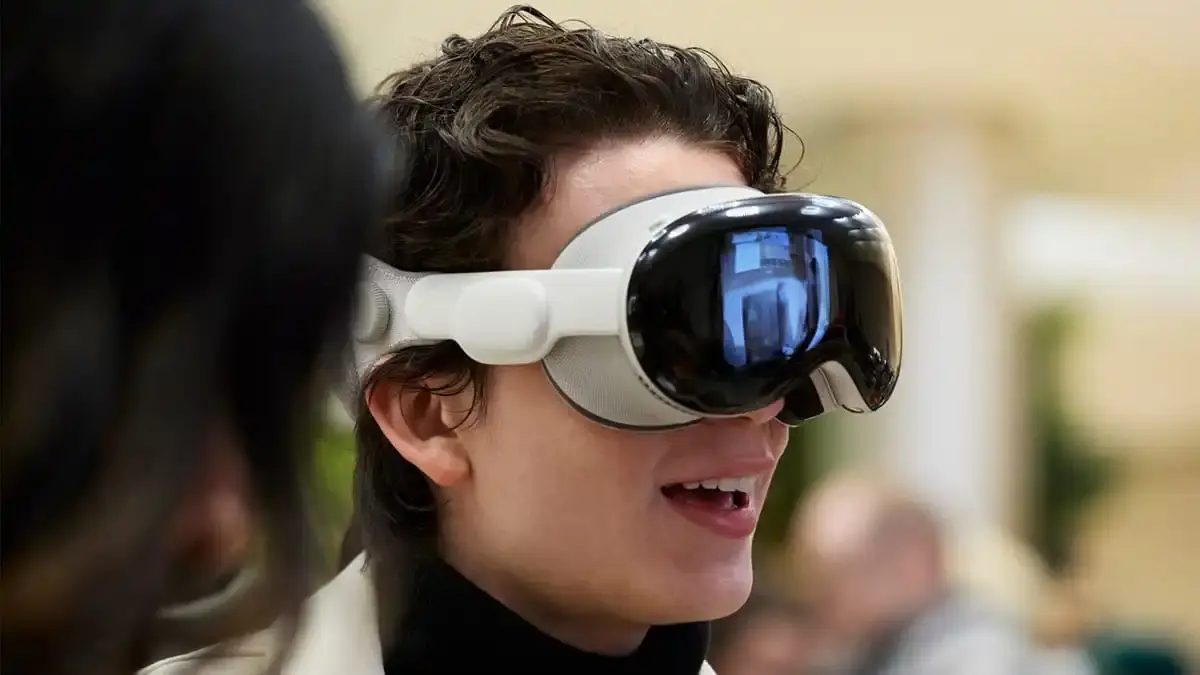- cross-posted to:
- technology@lemmy.world
- technology@lemmy.ml
- cross-posted to:
- technology@lemmy.world
- technology@lemmy.ml
I thought this was a pretty good write up, and made some good points. For anyone wanting a short version, the most important part to me was this:
There’s absolutely a future where these silly-looking headsets could replace a laptop or a tablet for some people, while giving you more screen space than either of those devices.
There’s one big problem, though: the Vision Pro and Meta’s Quest headsets are incredibly locked down. They are more restrictive in the software they can run and less interoperable with other hardware than almost any other modern productivity device. I understand we’re still in the early days for these devices—the first Quest headset was released in 2019 and the Vision Pro is brand new—but Meta and Apple have been historically reluctant to open up their other platforms.
Meta’s Quest headsets are more like video game consoles than productivity tools, which makes some sense when gaming is the primary use case and work is an afterthought. The Vision Pro is a more general-purpose device, with much better apps and productivity features than the Quest, but it’s even more locked down. I can’t really use my iPad for work without serious compromises, and the $3,500 Vision Pro is somehow even further away from that.
Call me skeptical, but for the price of 1 Apple Vision Pro my work could buy 2 high powered labtop. I just have a hard time seeing full scale business adoption of these head sets. Computers have changed a lot in 40 years but modern work stations still retain same old keyboard plus screen hardware.
But… for the price of 1 Vision Pro and 1 MacBook… you can have 1 MacBook with a larger screen 🤡
Seriously though, I didn’t get the impression like they were marketing this towards businesses. It’s more of a pretty expensive personal gadget for tech nerds.




